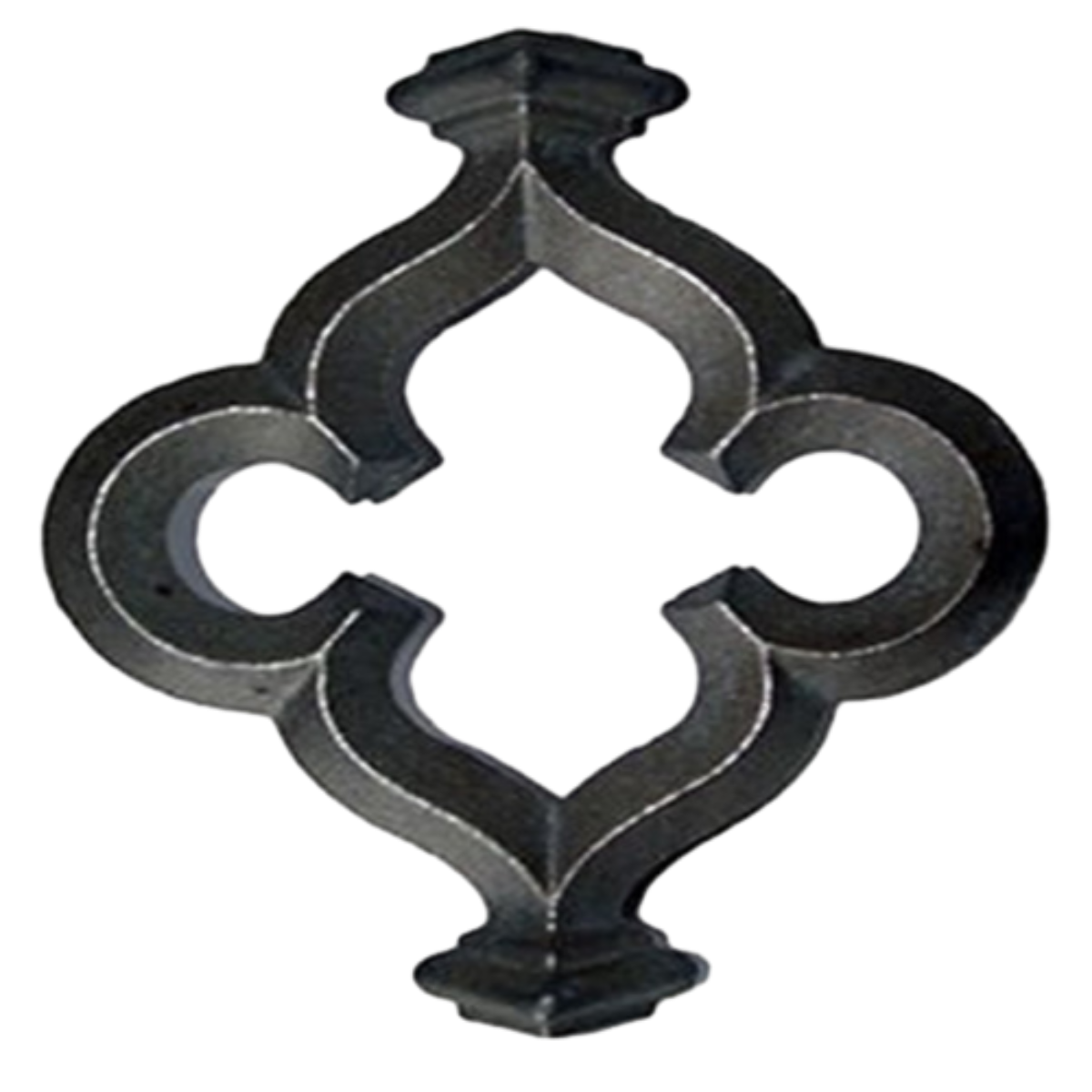cast iron casting
The Art and Science of Cast Iron Casting
Cast iron casting is a process that has been utilized for centuries, combining artistry with engineering precision. This versatile technique has given rise to a multitude of products, ranging from intricate ornamental designs to robust industrial components. Understanding the nuances of cast iron casting is essential for appreciating its role in both historical and modern contexts.
What is Cast Iron?
Cast iron is an alloy of iron, carbon, and silicon. The carbon content typically ranges from 2% to 4%, which is much higher than that of steel. This high carbon content contributes to cast iron's unique properties, such as its excellent castability, machinability, and wear resistance. The presence of silicon enhances fluidity when molten, making it ideal for casting intricate shapes and designs.
The Casting Process
The casting process involves several key steps. First, a mold is created, which serves as a negative impression of the desired object. Molds can be made from various materials, including sand, metal, or ceramics, each offering distinct advantages. Sand casting is the most common method due to its low cost and flexibility in producing complex shapes.
Once the mold is prepared, molten cast iron is poured into it. The iron is typically heated to temperatures exceeding 1200°C (2200°F) until it becomes fully liquid. After the molten iron is poured, it fills the mold cavity and begins to cool. As it cools, it solidifies and takes on the shape of the mold. The cooling rate is critical, as it affects the final properties of the cast iron, such as its hardness and strength.
After the iron has fully cooled and solidified, the mold is broken away, revealing the cast product. The final step often involves machining, cleaning, and surface treatment to enhance the appearance and functionality of the cast iron item.
cast iron casting

Applications of Cast Iron
The applications of cast iron are diverse, reflecting its adaptability. In the culinary world, cast iron cookware has gained immense popularity for its heat retention and even cooking properties. Items such as skillets, Dutch ovens, and griddles have become staples in many kitchens, prized not only for their functional benefits but also for their aesthetic appeal.
In industrial contexts, cast iron components are crucial in machinery and infrastructure. Engine blocks, pipes, and manhole covers are commonly made from cast iron due to its durability and ability to withstand high stress and strain. The material's excellent wear resistance also makes it a preferred choice in manufacturing tools and machinery parts that undergo significant wear over time.
The Environmental Impact and Future of Cast Iron Casting
As industries become more aware of environmental issues, the challenges associated with cast iron casting must be addressed. Traditional casting processes can emit pollutants and consume significant energy. However, advances in technology and materials science are providing ways to mitigate these effects. Recycling spent foundry sand and reusing molten iron can help reduce waste and energy usage.
Additionally, the integration of 3D printing in mold-making technologies is opening new avenues for the cast iron industry. 3D-printed molds allow for greater design freedom and reduced lead times in production, making it possible to create intricate and lightweight structures that were previously difficult or impossible to achieve.
Conclusion
The legacy of cast iron casting is one of innovation and durability. This process has evolved into a sophisticated practice that marries traditional craftsmanship with modern technology. As we look to the future, the cast iron industry continues to adapt and refine its methods, ensuring that this timeless material remains relevant in an ever-changing world. Whether through the revitalization of artisanal techniques or the embrace of cutting-edge advancements, cast iron casting stands as a testament to human ingenuity and resilience.
-
Window Lock Handle for Security UpgradesNewsJun.20,2025
-
Proper Lubrication Techniques for Sliding Gate WheelsNewsJun.20,2025
-
Ornamental Iron Castings for Interior DesignNewsJun.20,2025
-
Creative Ways to Decorate Around a Cast Iron FireplaceNewsJun.20,2025
-
Cast Iron Pipe and Fitting for Plumbing SystemsNewsJun.20,2025
-
Cast Iron Panel Casting for Architectural ElementsNewsJun.20,2025















